Suppose, you have a brilliant idea of an absolutely smashing web product with tons of functions and you are eager to jump into full-featured custom software development. Wait a minute! Take a deep breath and think for a while.
Isn’t it a perfect time to test your hypotheses and ideas? Examples of Twitter, Instagram, Foursquare, Airbnb, and Uber show that it is. All of them were initially created as MVPs.
These brands started with a specific feature essential for their target audience and later enhanced their apps according to the wants and needs of early adopters. This way, an MVP approach helped companies achieve tremendous success in their corresponding domains.
In this article, we will show you why starting with a minimum viable product is a beneficial practice to develop and deliver your startup.
What is an MVP?
To get a better understanding of the MVP concept, let’s take a look at three ideas that lie at its core.
The adjective “minimum” refers to the amount of money and efforts required to develop a product as well as to the number of features that should be implemented.
The term “viable” suggests that your product is ready to enter the market with the aim of gaining the first adopters and receiving their response. This feedback from early users is one of the main reasons for a minimum viable product creating.
The “product” is goods or services created for your customers’ use.
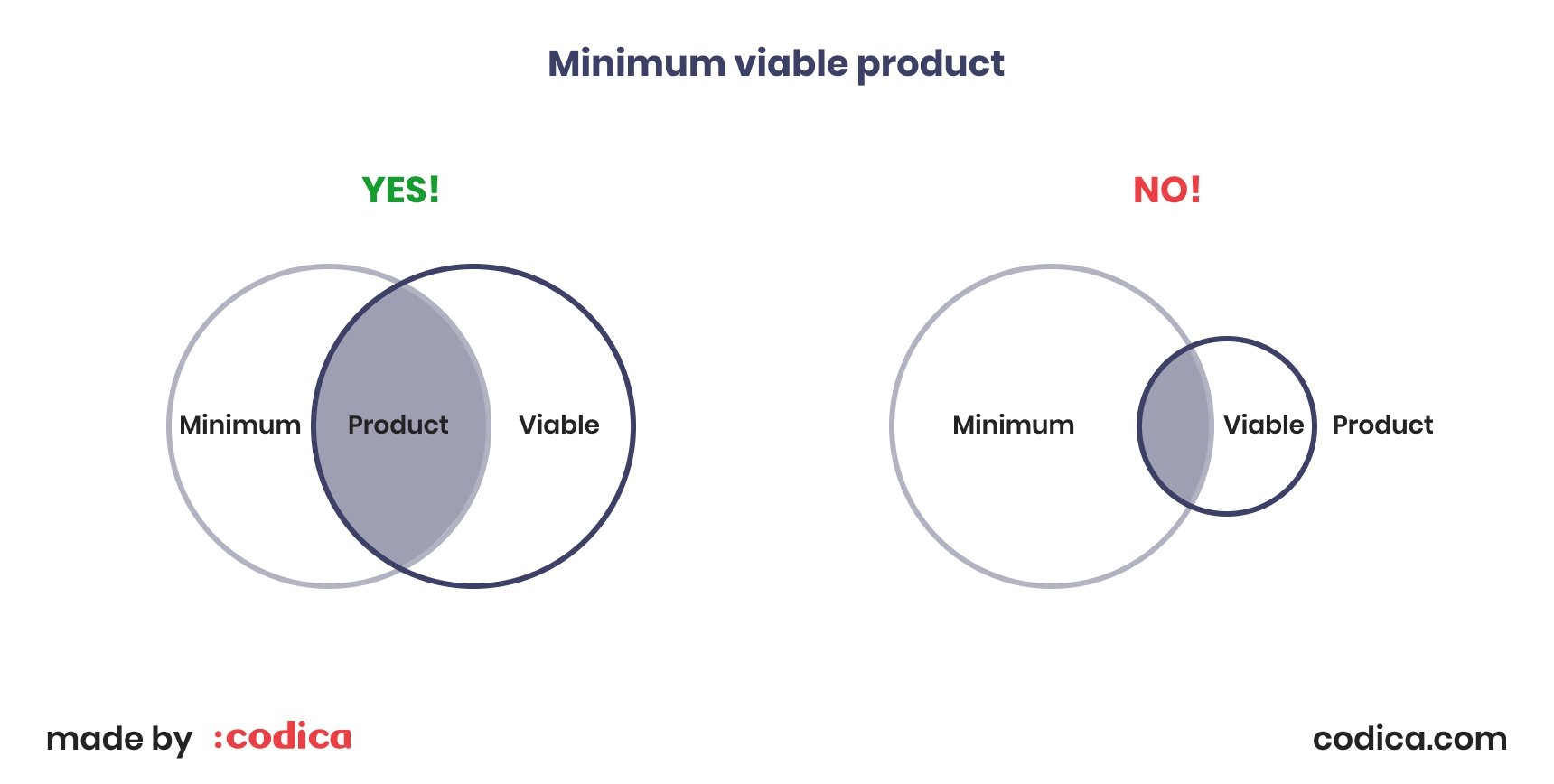
According to Wikipedia, a minimum viable product is a product with just enough features to satisfy early customers and to provide feedback for future product development.
It should be mentioned that the term “product” is a general part of the definition. It can also be applied to an enterprise or even to a method of testing a startup business hypothesis.
The approach is based on the lean startup methodology and certain principles provided by Eric Ries.
With a clear goal and a set of features, you increase chances to create a successful full-featured project in the future.
Now, let’s define the main reasons why the MVP approach is the best way of testing hypotheses and discuss the benefits it can bring to your startup company.
Why you should start with an MVP
1. Clear focus
With an MVP approach, you get a chance to define your value proposition clearly and specifically. It makes you focused on identifying the exact value you will want to offer to your potential customers.
As a result, you learn to set clear aims and make the right decisions for choosing the functionality that should be developed in the first place.
The story of the early days of Instagram shows why it is important to stay focused on one specific feature rather than build extensive functionality.
Today we know it as a popular photo and video sharing social network. But did you know that initially Instagram was created as a GPS-based application? Probably not.
Kevin Systrom and Mike Krieger, the developers who started Instagram, were working on a project with diverse options including checking into locations, making plans, posting pictures, etc. However, soon they realized that many of these functions made their product too complicated for users. Thus, they decided to concentrate on one particular feature instead. It was photo sharing.
The initial version of Instagram was called Burbn.
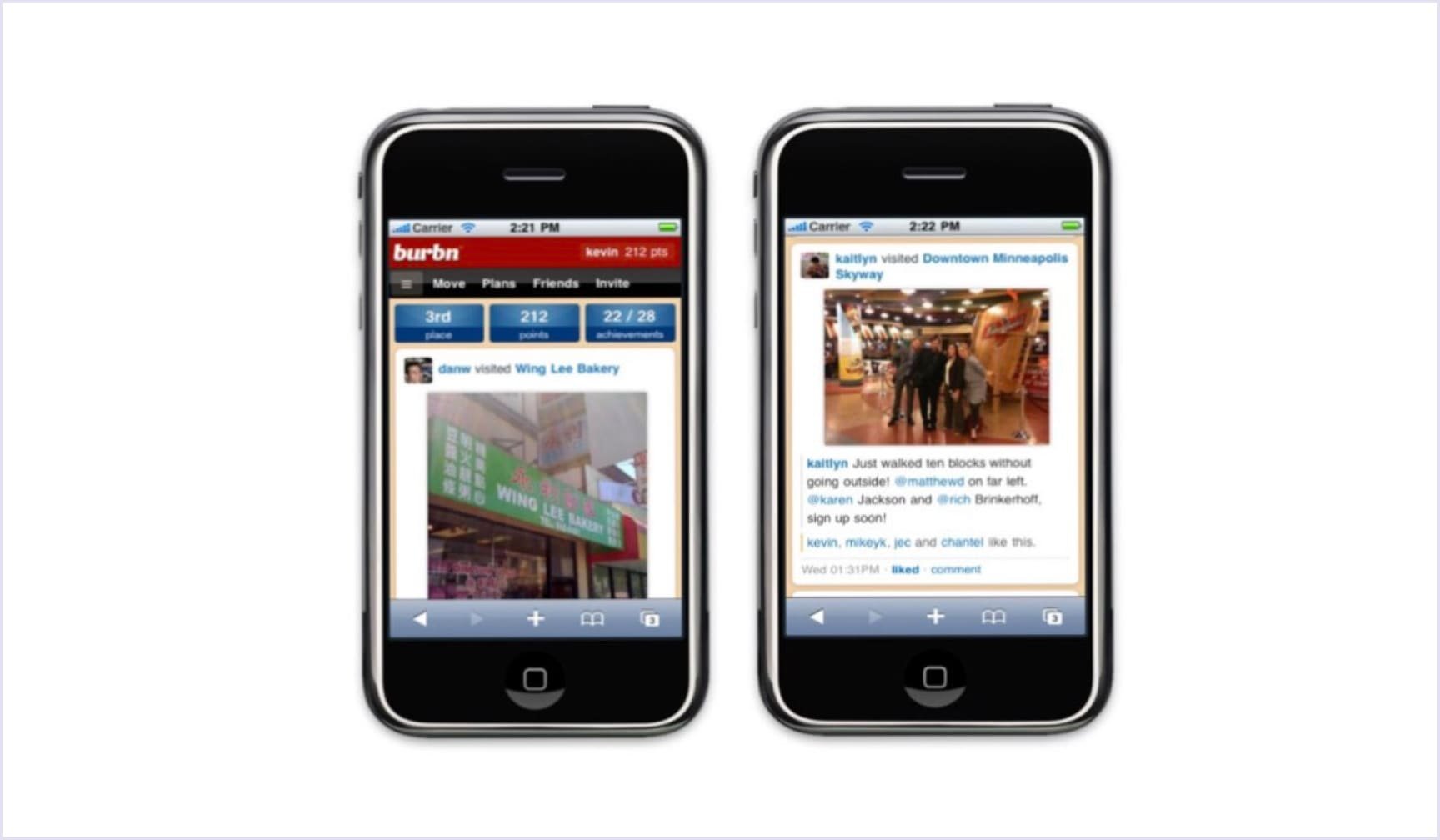
In the course of time, Kevin Systrom and Mike Krieger added some features, including stories, direct messages, etc.
What does this example tell us? It proves the fact that the demand for the product depends not on the number of features implemented but on the value they bring to the customers. Start small, and update your project with additional functionality after getting positive feedback from early adopters. This is the main idea of the MVP approach. It benefits your startup business by giving room for growth.
Further reading: How to Create a Minimum Viable Product (MVP)
2. Cost efficiency
The MVP approach can help you reduce custom software development cost in a number of ways. Since you are building a product with minimum functionality, developers do not need much time to complete it. As a result, you will have to pay less for their services.
When your product scales, you can spend your saved budget on extended functionality to meet your users’ further expectations.
Thanks to the immediate feedback from your early adopters, you can add the desired functions one by one, and improve the existing ones. In such a way, you make the product development less costly, compared to creating a full-featured project.
By applying the agile project management methodology for building your software, you can reduce startup expenses at any stage of your MVP development process.
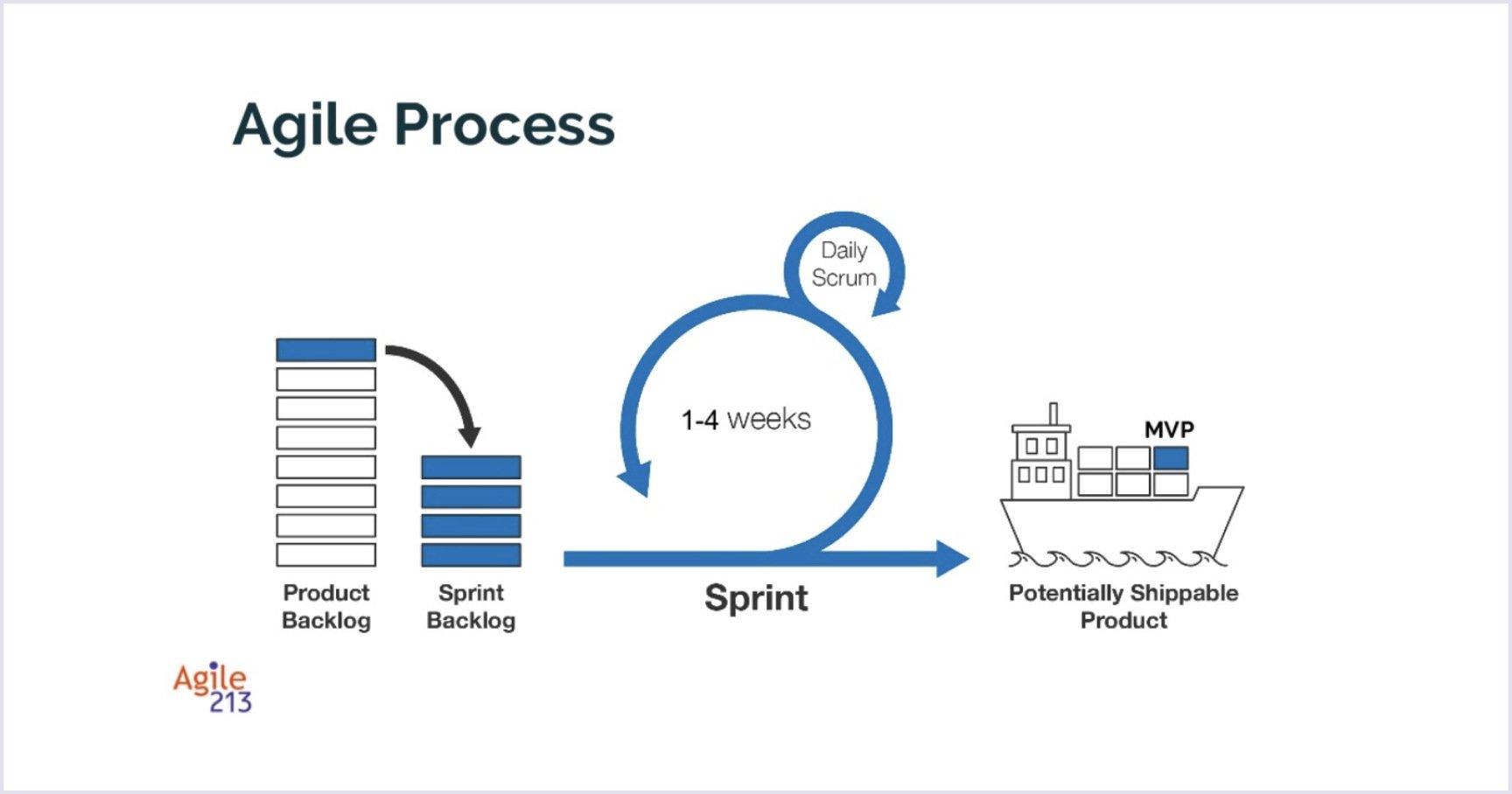
Image source: www.slideshare.net
Today we know Zappos as the biggest online shoe store with an annual revenue of more than $ billion. It is hard to believe but this giant also started with an MVP.
Nick Swinmurn came up with an idea that people might want to purchase shoes online. He found a way to test his assumption without investing too much money in buying shoes or building expensive software. Swinmurn just visited local shoe stores and took photos of the items offered.
His next step was to upload the photos taken to a simple website to see if somebody gets interested. As soon as a platform visitor clicked the Buy button, he went to the shop and bought the requested pair. Then he shipped the order and handled payments.
This way Nick Swinmurn was able to test the feasibility of his business idea without paying through the nose.
Further reading: Avoid These Costly Mistakes During Web Application Development
3. Attracting investors
In this article by Forbes, we can see expert tips from investors aimed at startup companies seeking financial aid. They define what is crucial for obtaining the required funding.
Thus, some investors state that they expect to see the initial interest from customers. Odds are that companies showing the early traction will get more chances to attract investors and get financing.
In this regard, the MVP approach is a great way to prove that there is a demand for your product or service. You launch a minimum viable product and wait for customers’ feedback. If it is positive, you can present your MVP to investors with ease, convinced in the feasibility of your business idea and relevance of your project.
Zach Coelius, an early stage of technology investor and advisor, knows very well how important it is to test the waters before diving in the development of a full-fledged product. He strongly believes that:
"Ideas are meaningless; validated ideas are priceless."
We cannot but agree with this statement.
Another thing you should think of to be fit for angel or venture capital funding is a clear understanding of the problem you are going to solve with your product or service. You should be able to offer a well-articulated solution to fix a particular pain point and explain its appeal to the target audience.
4. Quick launch
It will not take too much time to create a minimum viable product.
Remember that you are not building a perfect product, as it is much easier and faster to deliver the basics. All you need is to find this minimum set of functions that will help solve your target audience’s problems.
The main point is that the sooner you release a project, the faster you get valuable experience. Besides, creating an MVP before proceeding to custom software development saves you a lot of effort and helps plan your startup wisely and scale the business properly.
In addition, the quick launch allows you to test your marketing strategy and sales channels earlier as well. The importance of promotion should not be ignored. Remember, that even the most brilliant product will not succeed without efficient marketing techniques.
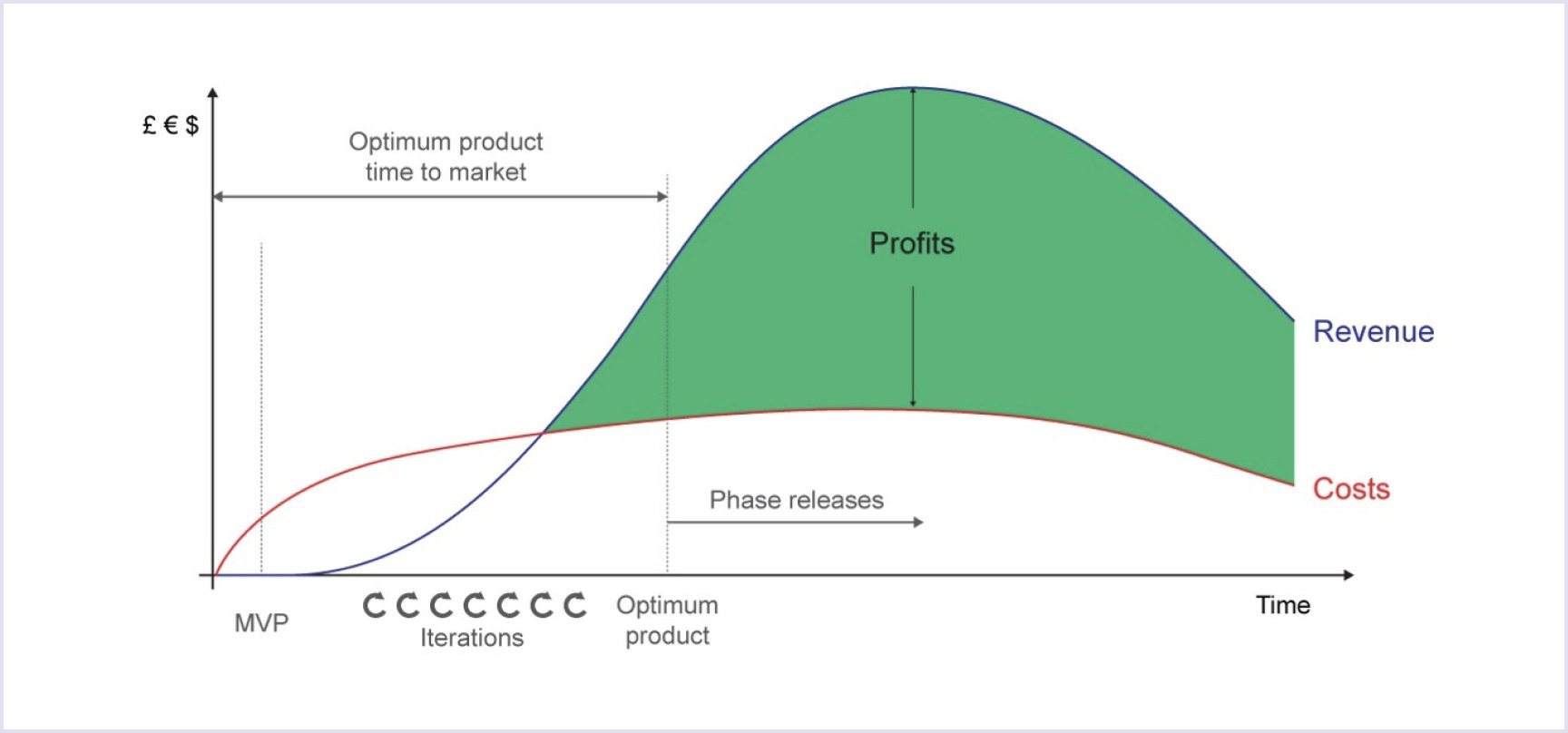
Image source: productfocus.com

5. Feedback from early adopters
The main aim of MVP development is early feedback. You need to choose one or two key features that will satisfy the first customers and start creating relationships with them as soon as possible.
The early adopters will eagerly express their opinion as for desired changes, new functions or updates. This way they will help you validate your MVP and improve it by making alterations. Besides, users like to discuss the great products they find. Their positive reactions may even create a community around your project.
Last but not least, pioneers in using your product can become your first customers who pay. So, even at the initial stage, you can get revenue.
Sometimes it can happen that the original target group you are focused on does not find any interest in your product. Don’t get upset. Try to present your MVP to several different target groups to find users who will definitely appreciate your offering.
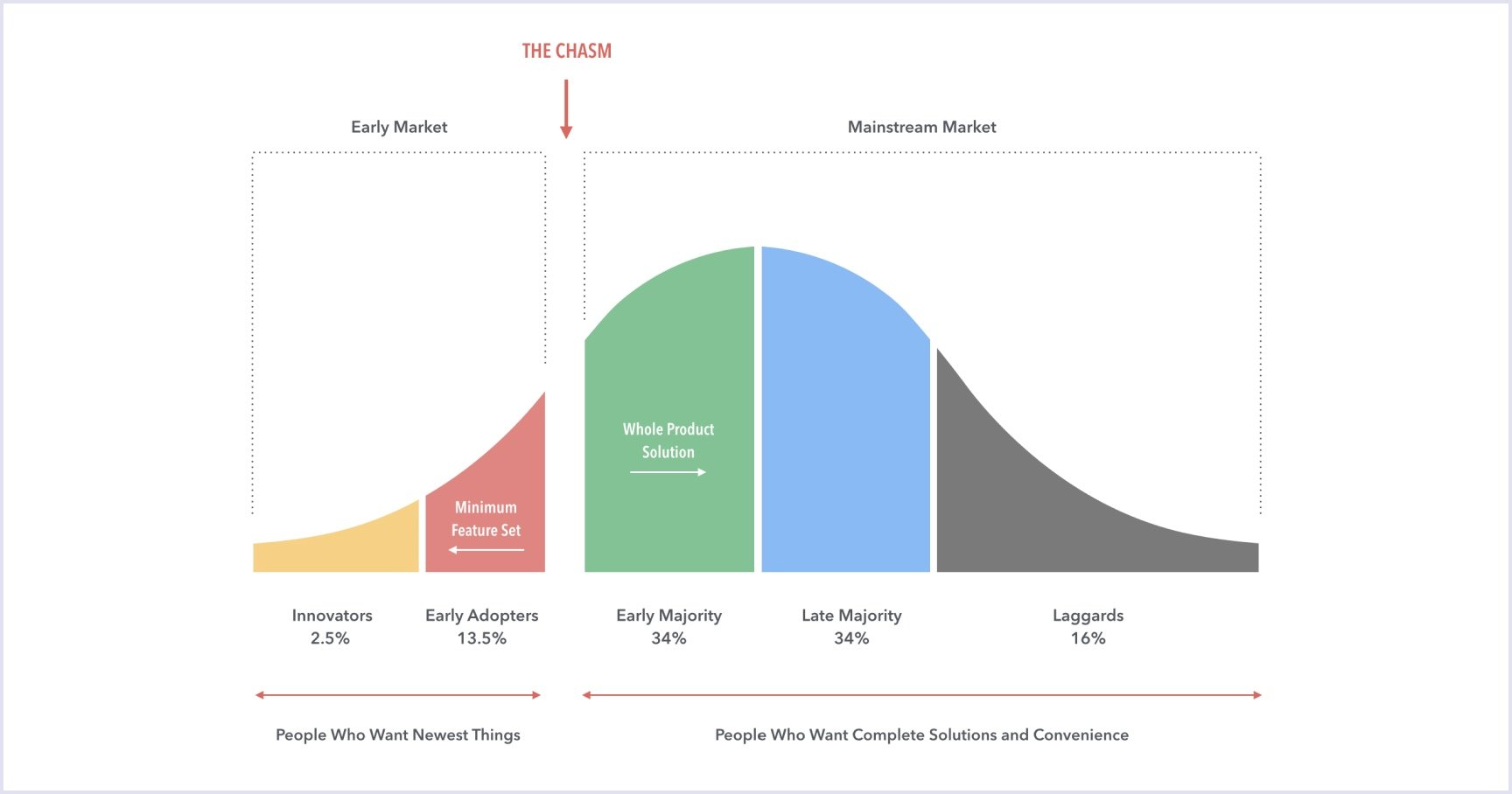
Image source: blog.prototypr.io
Hardly anybody can remember now that in their early days Uber was just an MVP with a simple design and one function. This feature was the ability to connect iPhone users with taxi drivers and allow them to pay for their ride with a credit card.
Despite the simplicity of the idea, or maybe because of it, the brand succeeded in entering the market, improving their app and gaining the first loyal customers.
How did Uber hit the big time? The company targeted the small group of users in San Francisco and made the most out of their feedback to update the app with new exciting features including driving cost estimates, split fares, scheduled rides, etc.
Below you can see how Uber looked like in its early days.

Image source: www.mobileappdaily.com
You may also like: Prototype vs MVP: Understanding the Differences
That’s when the minimum viable product approach comes to the rescue again. Your focus on the unique value proposition makes it easier to find out how your offering can be differentiated from other products or services available on the market.
How Codica can help you with MVP development
At Codica, each project that we develop for our clients goes through all stages of custom software development life cycle - from business idea validation to MVP implementation and scaling.
The main stages of custom software development are as follows:

At the initial stage of building an MVP, our team discusses business requirements with clients and explains how they can be met with custom software development.
After that, prototypes and UI are created based on the preferences of the target audience and project goals. Thus, our customers get an intuitive and visually appealing custom app that will be appreciated by their end-users.
Then our qualified software developers proceed to MVP development sticking to the latest industry standards. That allows us to provide our clients with a secure, scalable, and maintainable solution, on time and on budget.
We thoroughly test each product we develop to make sure that our clients will receive high quality, reliable and efficient solutions.
Finally, we monitor the software products after they have been deployed and quickly fix any issues that may arise.
Feel free to take a look at some of the examples of custom web solutions that we have created for our customers.
Conclusion
A minimum viable product gives a lot of opportunities to business owners, users, developers, and stakeholders. It benefits your enterprise both in the long and short term.
With the help of this approach, you can:
- Focus on your unique value proposition;
- Reduce the cost of custom software development and testing;
- Obtain the necessary funding;
- Launch the product quickly to get feedback from early adopters.
MVP approach is not about building a perfect product. Your main aim is to develop a project with very basic functionality and get feedback from early adopters for further improvement.
Codica knows everything about successful MVP development. If you have any project ideas, contact us, and we will provide you with further assistance.
